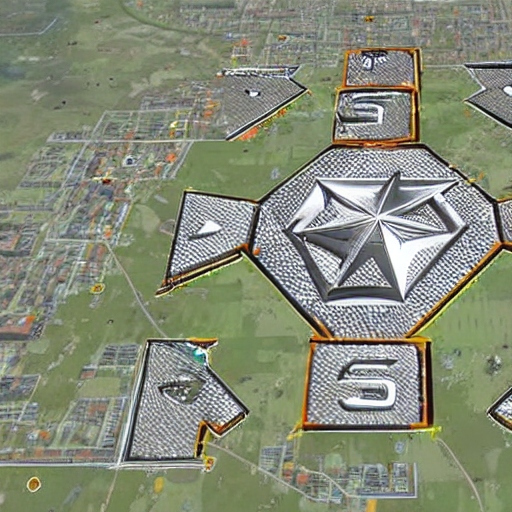Members of the House Armed Services Committee are pressing the Pentagon for updates on its use of artificial intelligence to counter the mounting dangers posed by China and other enemies.
The National Defense Authorization Act, which will be examined by multiple subcommittees beginning on Tuesday, was the subject of the committee’s annual proposal, which was released on Monday. A number of requests for updates on the Defense Department’s attempts to integrate AI into its national security posture were made in conjunction with the bill’s section on cyber and information technology.
One of these objectives is directly related to China, which the committee claims is extending its presence in contested waters throughout the world, endangering US national security.
Due to the size of the maritime environment, the committee is getting more and more concerned about how well the US can defend itself against this threat. Artificial intelligence (AI) powered Maritime Domain Awareness (MDA) would improve the Navy’s capacity to monitor the maritime environment, expand strategic planning operations, and reveal potential dangers through lead generation.
The committee asked for that the Defense Department brief its members on this matter by next February regarding its usage of “AI-driven MDA systems” as well as any additional ways that AI could assist the Navy in speedily assessing maritime traffic and identifying potential threats.
The committee’s members argued that the Pentagon should employ AI to assist warfighters in identifying and analyzing electromagnetic spectrum (EMS) signals that could point to the use of cyber and electronic warfare methods.
According to the committee, the current crisis in Ukraine has made antagonistic electronic warfare systems a threat. The committee therefore thinks that the Department of Defense should explore methods that enable the warfighter to keep track of the EMS environment and quickly create insights at the tactical edge.
According to the committee, the Pentagon should “increase the adoption of such technologies” because special operations units have previously utilized AI-driven systems to detect EMS signals. It requested that the Defense Department brief committee members on this subject by December 1st.
The creation of a Joint All-Domain Command and Control system using AI to analyze data from a variety of military sensors and facilitate real-time decision-making for military commanders was recognized by lawmakers as part of the DOD’s comprehensive goal. The Air Force may benefit from a similar approach, they said, and they requested the secretary of the Air Force to provide a report to the committee by January of the following year.
The committee demanded information from the Pentagon on a number of further AI projects, such as the development of a “AI education strategy” to train military personnel in the use of AI. Members want DOD to brief them on that topic by March of the next year.
The committee wants DOD to brief senators by December on the infrastructure required to increase AI capacity and what the Pentagon is doing to expand the number of “red teams” that conduct field tests of AI systems before they are deployed.
The military hopes to employ AI to quickly assimilate data and assist military officials in making speedier decisions, but the adviser, Dr. Andrew Moore, said that the objective is to keep people, not AI systems, in charge of these decisions. He made these comments in April.








